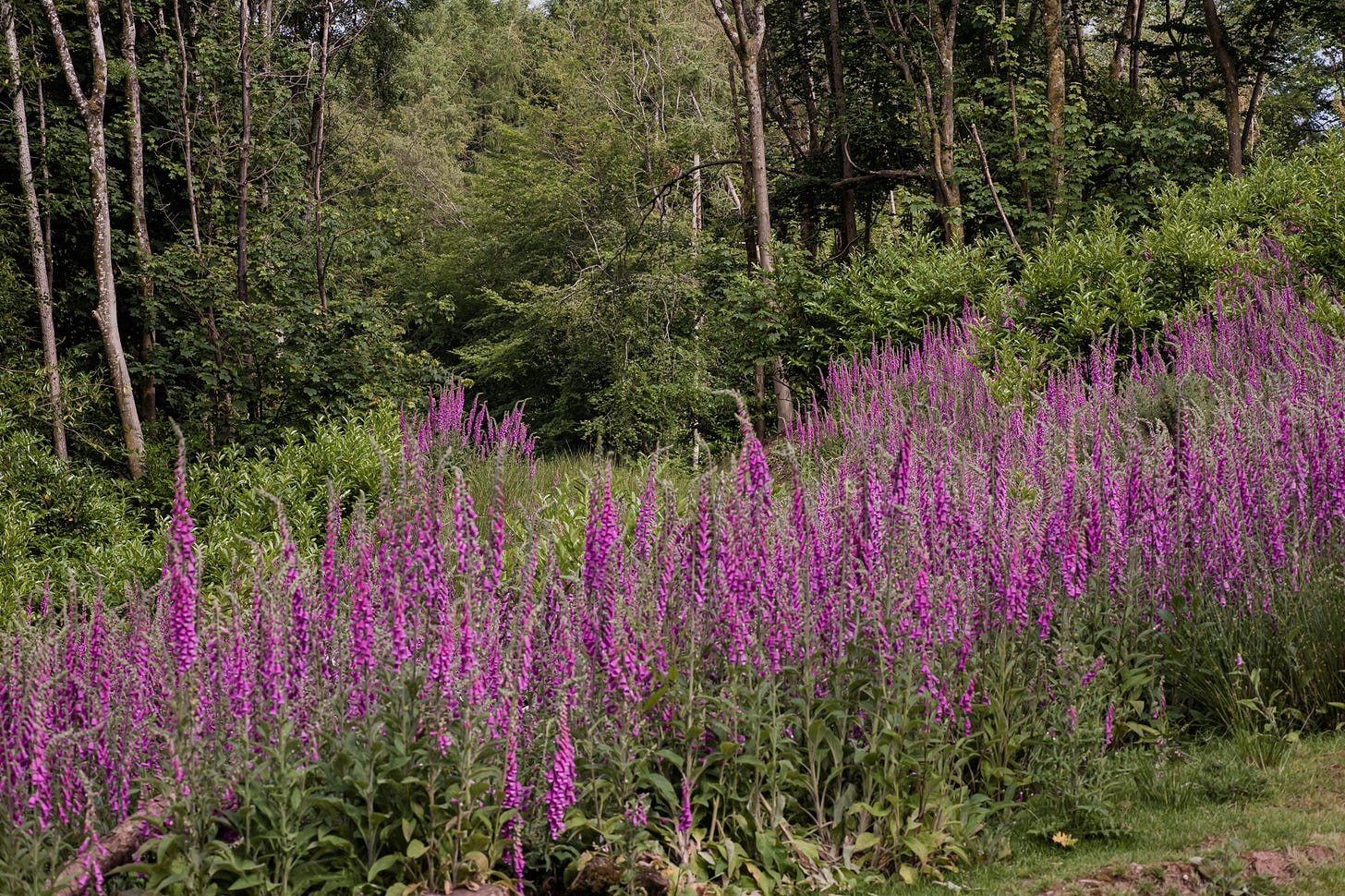Section 5.a. "Smaller-Scale Rewilding: A Practical Guide to Restoring Nature in Your Own Space"
'Case Studies and LettsSafari’s Approach' - the latest section of LettsSafari's guide to smaller-scale rewilding.
We’re publishing weekly instalments of our guide to smaller-scale rewilding in LettsSafari+ and your inbox - section after section, week after week. Packed with amazing photography and immersive videos straight from our parks.
If you're not a paid member of LettsSafari, subscribe today. Get this amazing guide and help build more rewilding safari parks for the price of a cup of coffee a month.
Case Studies and LettsSafari’s Approach
Nothing illustrates the principles of smaller-scale rewilding better than real-world examples. In this section, we’ll look at a few case studies that show how these ideas come to life on the ground. We’ll spotlight some of LettsSafari’s own projects - their rewilding safari parks and gardens - and draw practical lessons from their successes and challenges. We’ll also compare these with other rewilding initiatives, both similar small-scale ones and how they relate to larger rewilding efforts.
Through these examples, we can see the tangible impact of rewilding in various contexts: urban, rural, community-led, and privately driven. They demonstrate the flexibility of the approach and provide inspiration for what can be achieved, even in unlikely places.
LettsSafari’s Rewilding Projects: Examples and Lessons
(Mamhead Park South) Dawlish Park, Devon: This is the flagship site where the Letts family applied their smaller-scale rewilding model extensively. Dawlish Park is about 75 acres, part of the Mamhead Park South estate, and when acquired it was a derelict woodland and overgrazed pasture. Over a number of years, LettsSafari transformed it into a patchwork of thriving habitats.
Today, it boasts abundant wild grassland, a mature ancient forest patch, and newly planted woodlands (~5,000 trees added), with intermingled scrub. In effect, they re-created a small wildland from what was a neglected farm/estate.
One highlight is how they handled woodlands: the estate already had some ancient trees (historic parkland oaks, cedar, beech, redwood and more), which they preserved and allowed to become core habitat. They then planted thousands of new trees to expand woodland cover in strategic areas, aiming for that roughly 20-25% tree cover while keeping plenty of open grassland.
This mix means Dawlish Park has all three major habitats (wood, scrub, grassland) plus aquatic ones - there are lakes, ponds, and boggy areas since the site catches water from Haldon Hill. The Letts restored old water features and streams, which now flow through and feed ponds and bog gardens. The ecological payoff has been clear: biodiversity surged. Over 150 endangered animal species are recorded across their parks (likely many at Mamhead Park South).
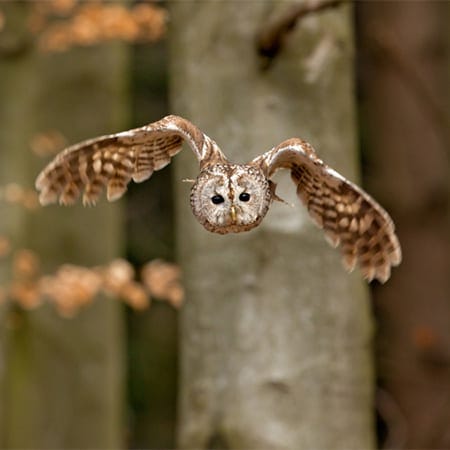
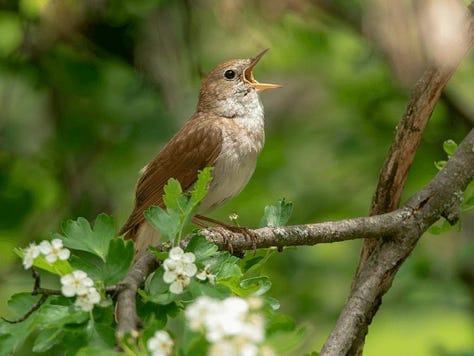
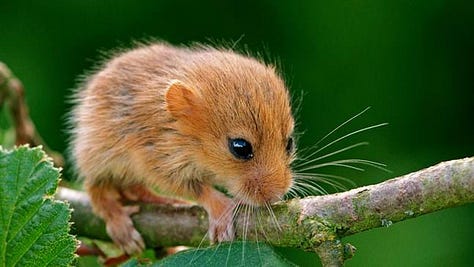
Perhaps most striking, the Capability Brown gardens (the formal gardens within Mamhead) now hosts 12 of the 17 UK bat species, including rarities, because the wild grasslands produce so many insects for bats to feed on. This is an important lesson: a relatively small area (75 acres) can support a huge proportion of a country’s bat diversity, just by letting grass grow and flowers bloom to feed nocturnal insects. It shows the network effect - multiple microhabitats (ponds, meadows, woods) all in one site create an ecosystem rich enough for creatures that usually need much larger territories.
Another aspect of LettsSafari’s approach at Mamhead is the use of conservation grazing. They have a small herd of black fallow deer within the park, among other herbivores. These smaller animals lightly graze and browse the vegetation, preventing the scrub from overwhelming the grassland and keeping the plant mosaic dynamic. The deer essentially fulfil the role that in bigger rewilding projects might be played by large wild herbivores such as red deer, bison or elk. And it’s working - the quote “scrub as scrub, woodlands as healthy woodlands... open grassland free of invasive species” suggests that with the right balance of grazers, each habitat type can maintain itself without heavy human management.
LettsSafari even quantified how many grazers per acre can be hosted to keep this balance, showing their model has a level of scientific and practical rigour.
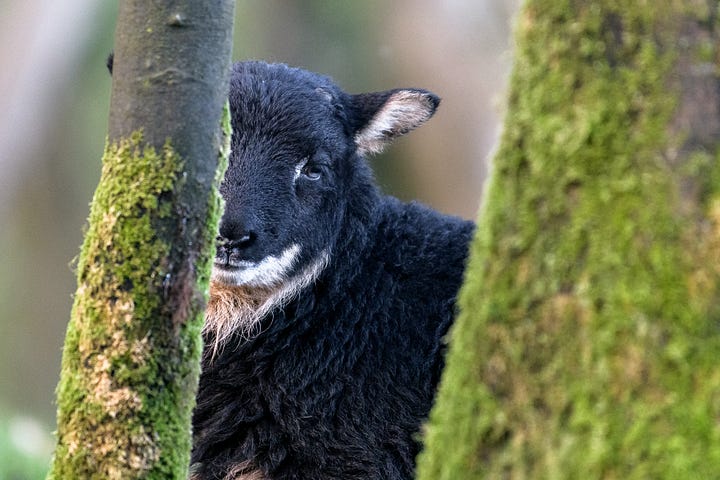
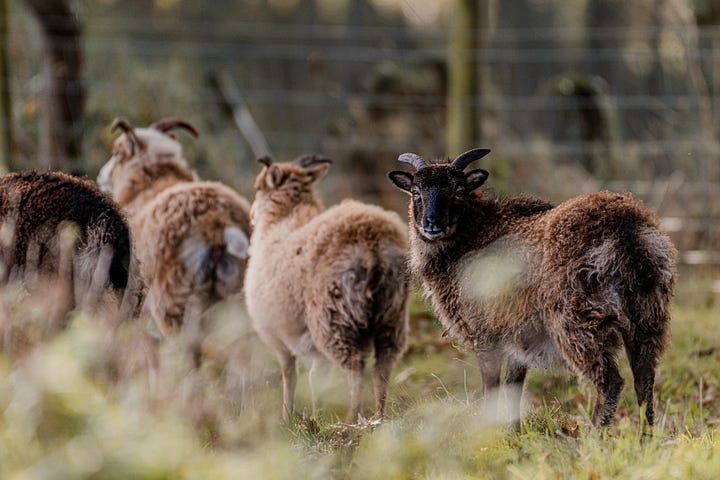
Sunrise Park, Devon: This is a newer 10-acre addition at Mamhead Park South, which is undergoing a 4-year rewilding program. It was previously low in biodiversity (likely poor pasture or similar). Now, it features slivers of scrubland and emerging wild grassland with a series of new copse’s of young sapling.
They also installed LettsSafari’s Wildlife Biodomes™ - essentially specialised habitat structures aimed at accelerating soil improvement and providing “natural homes” for insects, birds, and small mammals. These are artificial constructs (like brush piles, earth mounds, or other habitat installations) built from reclaimed logs, stumps and brush, jump-start ecosystem functions and can pack quite a punch.
The result is that within a short time Sunrise Park went from being barren to “attracting a wide range of insects and wild bees”. This rapid turnaround is a great case study: it means even degraded land can become a buzzing pollinator haven in a few years if you allow vegetation to recover and maybe add some structural habitat enhancements. Sunrise Park’s story also illustrates working adjacent to less wild land - it borders commercial forestry plantations, so the Letts monitor natural regeneration carefully to ensure deciduous saplings can rise through the plantation edges.
By lowering fences in certain key places, they are connecting Sunrise and Dawlish parks to the broader landscape (the Mamhead Forest on Haldon Hill), another example of making small sites part of a bigger network.
Exeter “Capability Brown” Safari Garden: On a much smaller scale, LettsSafari implemented rewilding in the formal Capability Brown gardens (within Mamhead). These were centuries-old landscaped gardens that had become overgrown. They transformed them into a “model for wildlife gardening and biodiversity”.
They did it by restoring the flow of ancient streams through the garden (bringing water back in to feed lakes, ponds, bogs) and by converting sweeping lawns into wild grass and wildflower areas (with mown paths). Now, those once sterile lawns are teaming with insects, particularly benefiting the bat populations as noted. They also replanted the oval shaped inner beds with wilder, year round plants and shrubs to support pollinators, birds and small mammals.
This is instructive for owners of large gardens or estates: you can keep the romantic landscape aesthetic (they didn’t plant dense forest in the middle of the lawn; they kept views and paths), but simply by “wilding” the lawns and enhancing water, you massively boost biodiversity while retaining beauty.
The fact that these are Capability Brown gardens - historically prized - reimagined for the 21st century shows how even the most formal or traditional landscapes can incorporate rewilding principles without losing their cultural value.
Letting the Light In - Chiswick urban project: LettsSafari highlighted this as a great urban example in West London. It’s not their project per se, but it mirrors their philosophy: taking a 20-acre public woodland that was biologically stagnant and reviving it by removing invasives and encouraging natural regrowth. The early results indicated healthier trees and more birds/insects.
The take-home lesson is that rewilding can happen in city parks and get support from local authorities (Mayor of London in this case). The project’s name “Letting the Light In” is literal and metaphorical: literally allowing sunlight to hit the forest floor by thinning, metaphorically bringing the concept of rewilding into an urban community. Success of such projects can serve as a template for other cities - demonstrating biodiversity gain and educational value (people seeing the difference in wildlife) within a short time frame and on just 20 acres.
Keep reading with a 7-day free trial
Subscribe to LettsSafari+ to keep reading this post and get 7 days of free access to the full post archives.



